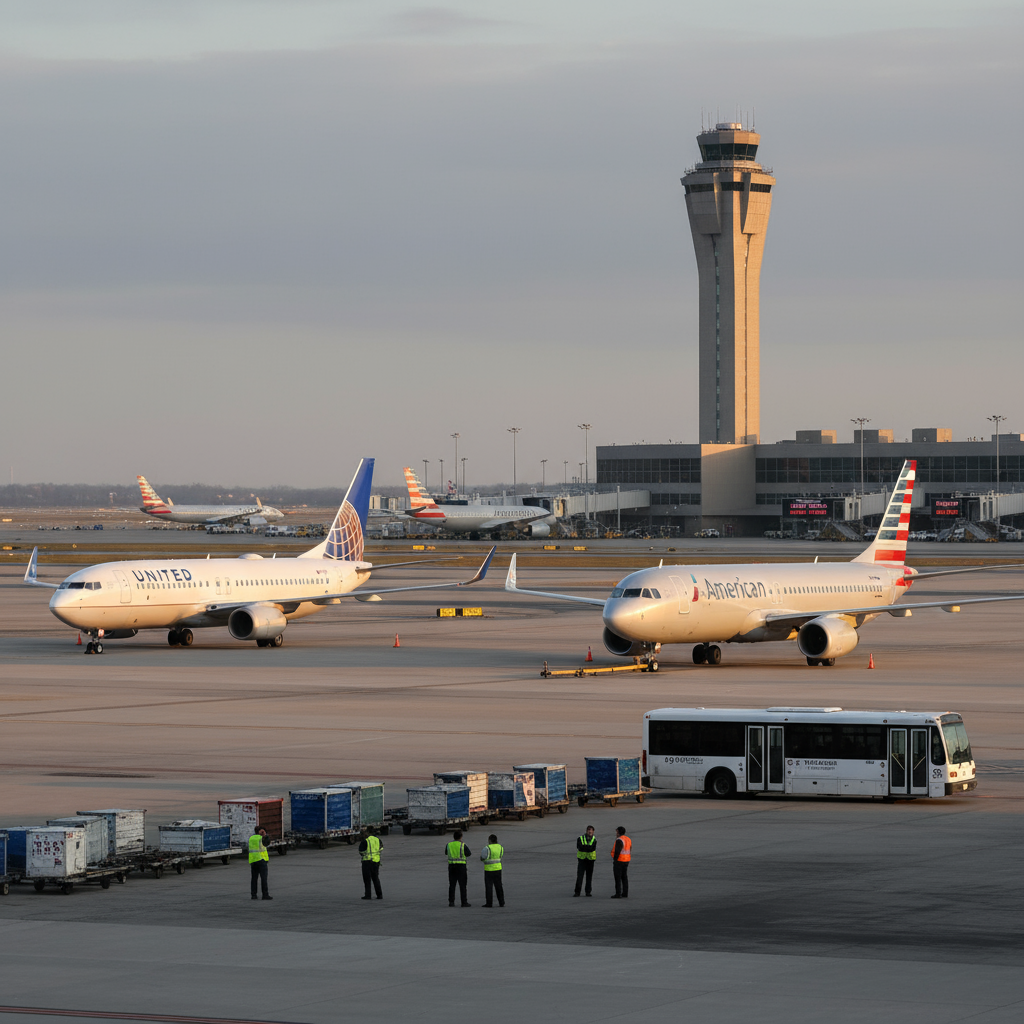Physical Address
304 North Cardinal St.
Dorchester Center, MA 02124
Physical Address
304 North Cardinal St.
Dorchester Center, MA 02124
Global aviation news tracker
Global aviation news tracker

On November 3, 2025 the U.S. government shutdown produced an ATC shortage that left nearly 13,000 controllers working without pay and triggered major delays across key hubs.
On November 3, 2025 an ATC shortage tied to the federal government shutdown intensified flight disruptions across the United States. Reports say nearly 13,000 air traffic controllers were working without pay, straining operations at major airports including Newark, Houston, Dallas Fort Worth and Chicago O’Hare.
Travelers at those hubs faced long waits and cascading schedule changes as airlines adjusted to a thinner staffing picture. With controllers under financial and scheduling pressure, on-the-ground sequencing and traffic flow management became more brittle, driving airline delays and passenger frustration through the day.
Air traffic control (ATC) is the backbone of safe, efficient airport operations. When a large share of the workforce is affected by a shutdown — working without pay or operating with reduced availability — the system loses resilience. That can mean longer taxi times, ground holds, delayed departures and an increased risk of broader network disruption if the situation persists.
Airlines and airports typically plan for weather and technical issues, but staffing gaps at the control-tower and en-route level are harder to absorb quickly. Industry watchers warned the operational impact could worsen if the shutdown continued, with knock-on effects for regional and connecting flights across the national network.
For now, the disruptions reported on November 3 highlight how tightly coupled airline schedules are to air traffic control capacity. Passengers should check airline notifications and airport updates before traveling and allow extra time for connections while the situation remains unresolved.